VERY RARE! WWII 1945 Iwo Jima Okinawa & Japan US Navy CONFIDENTIAL Air Mission LORAN Navigation Map

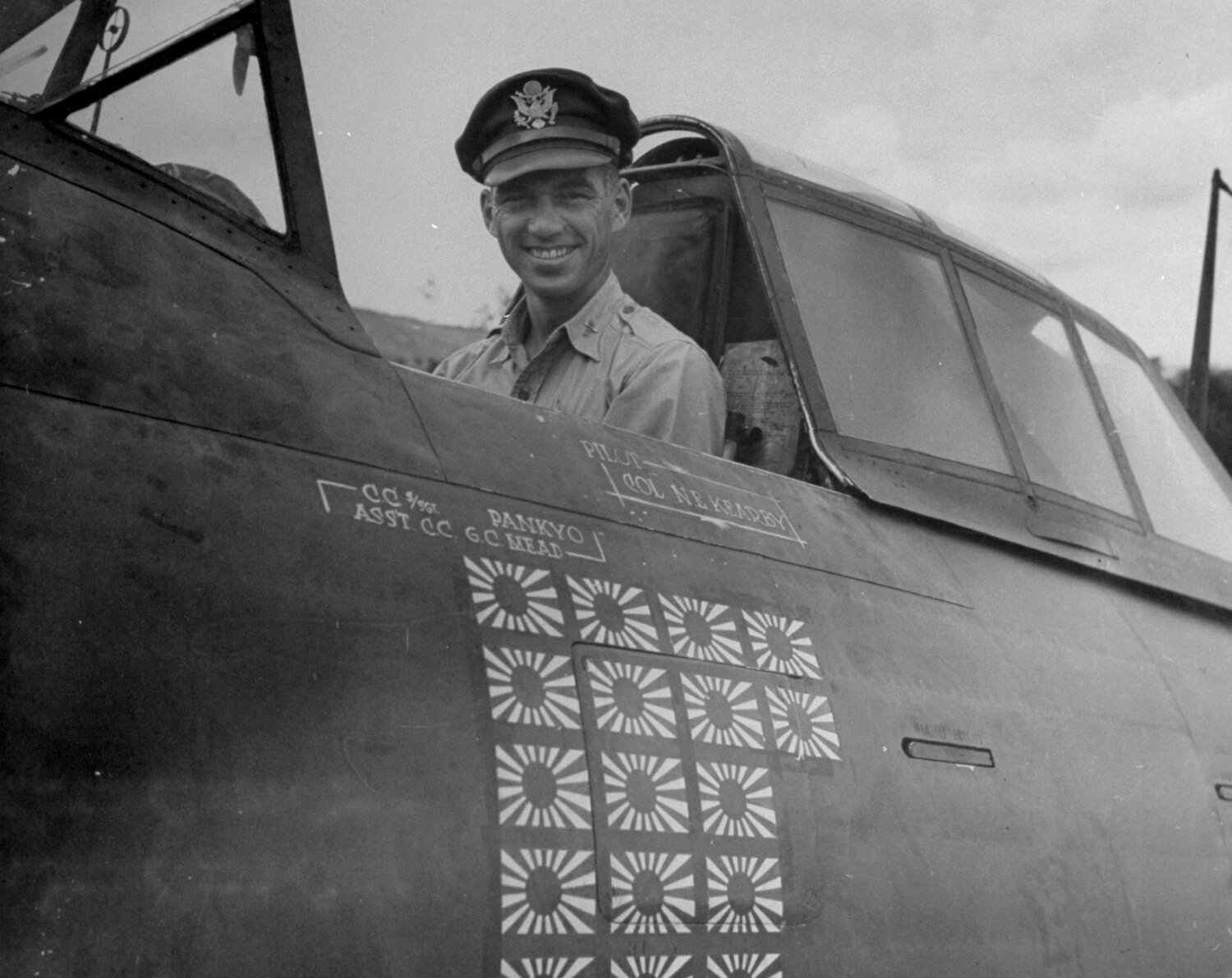






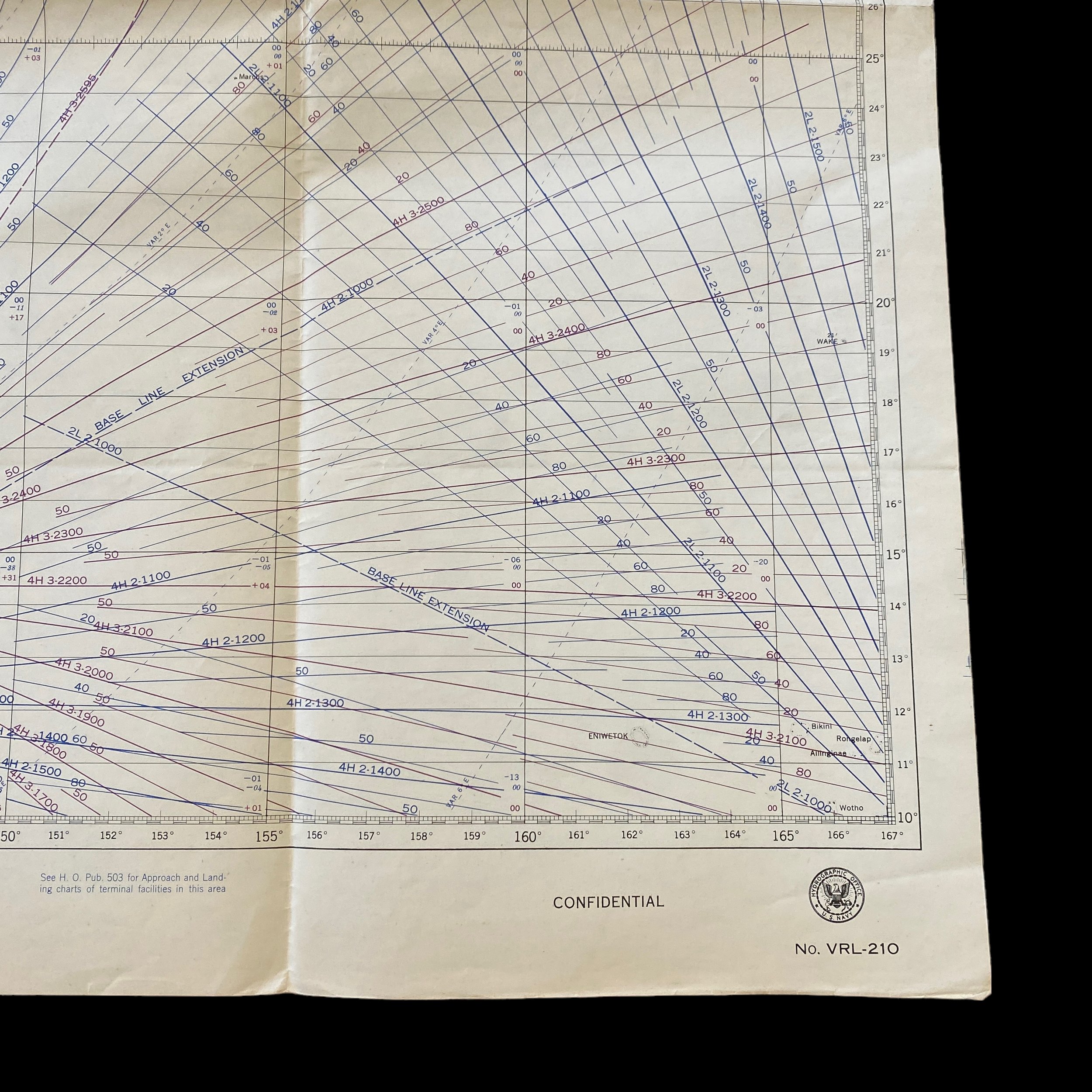





















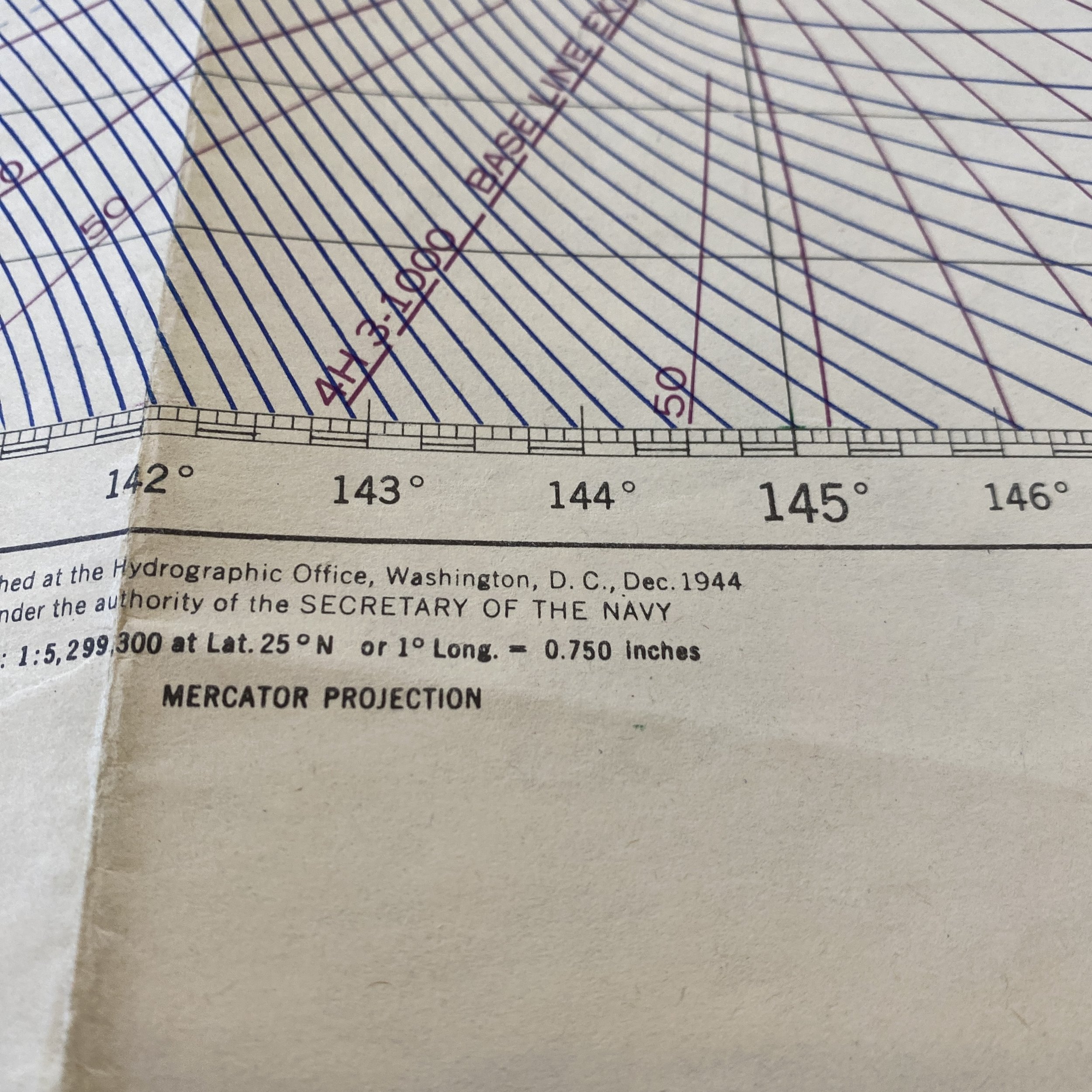


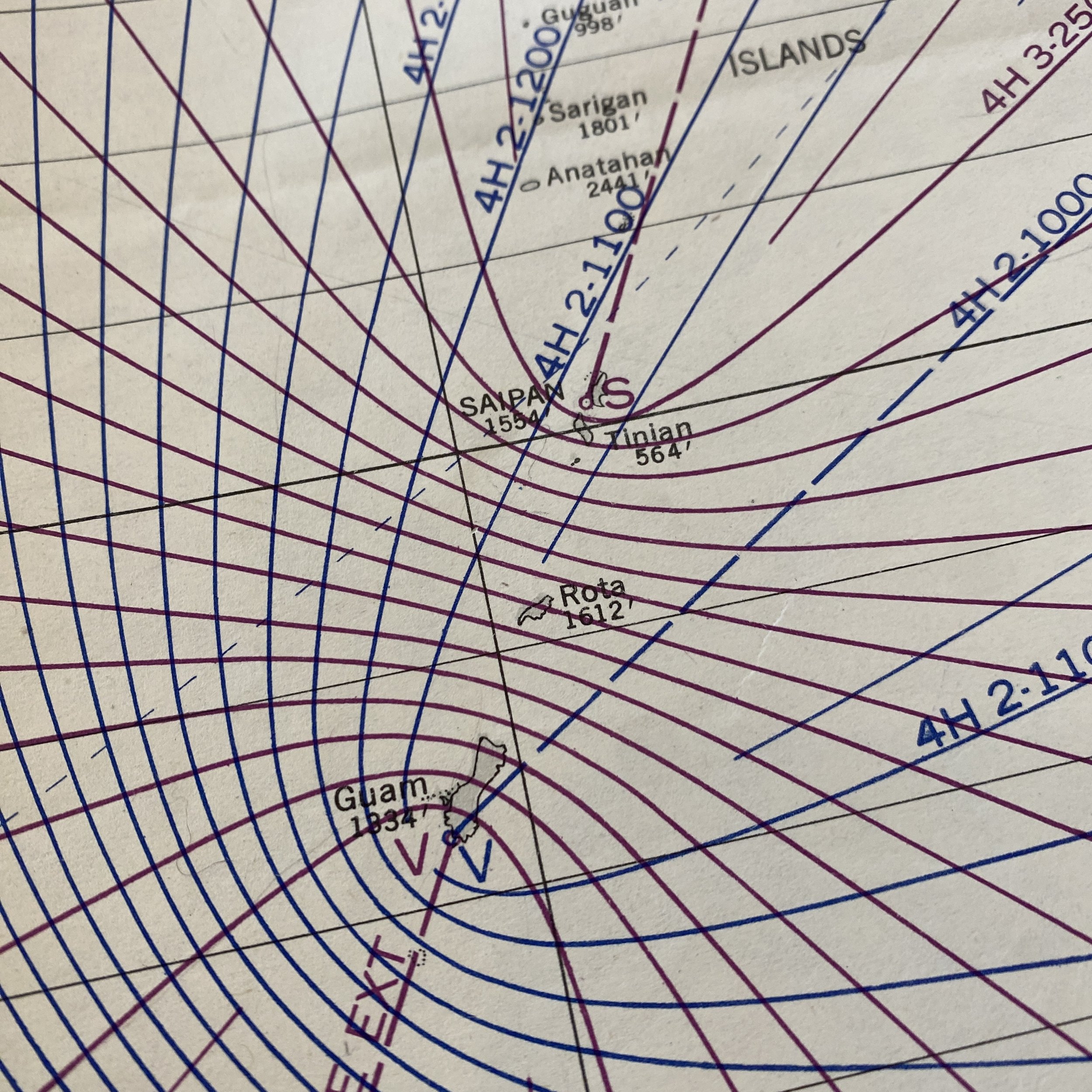




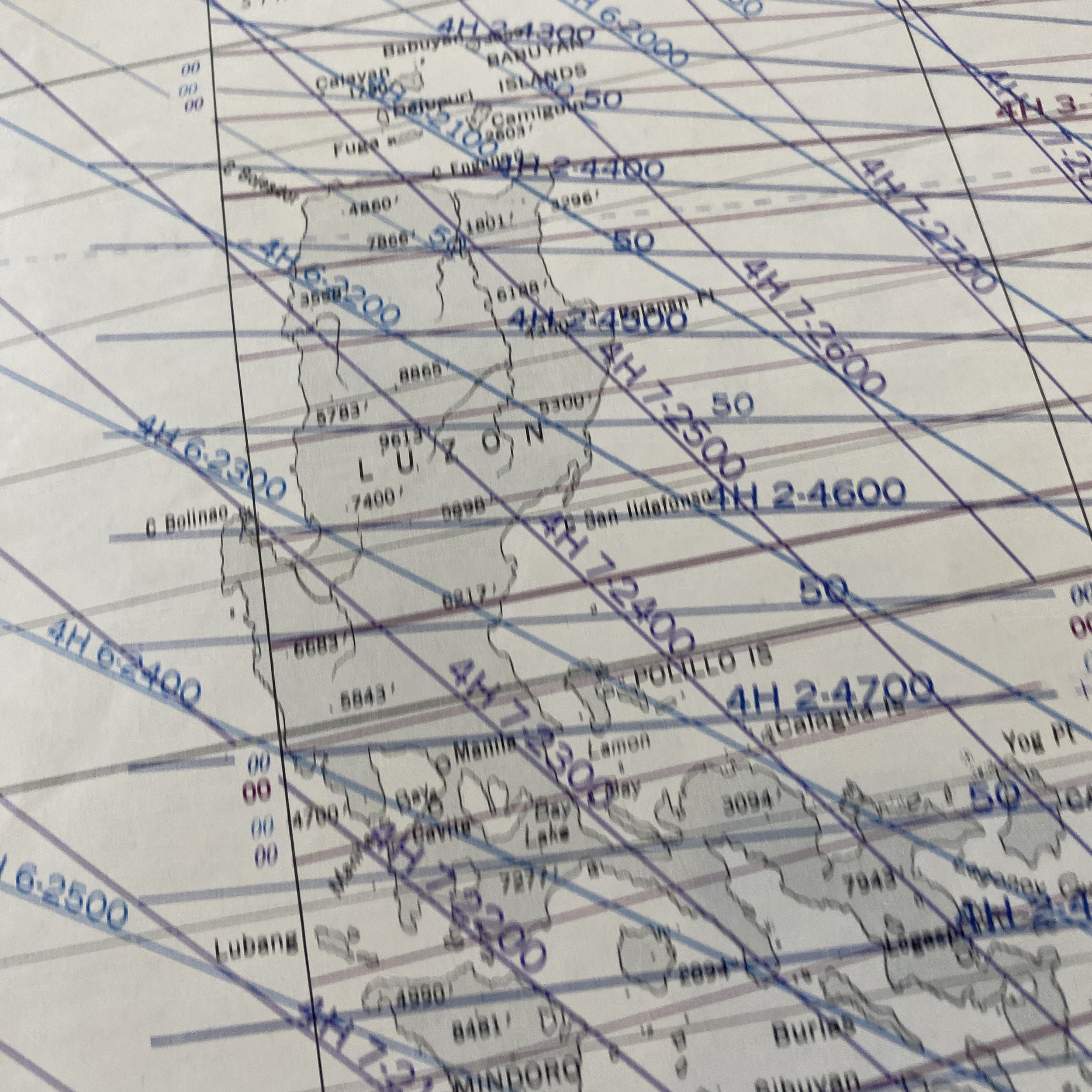



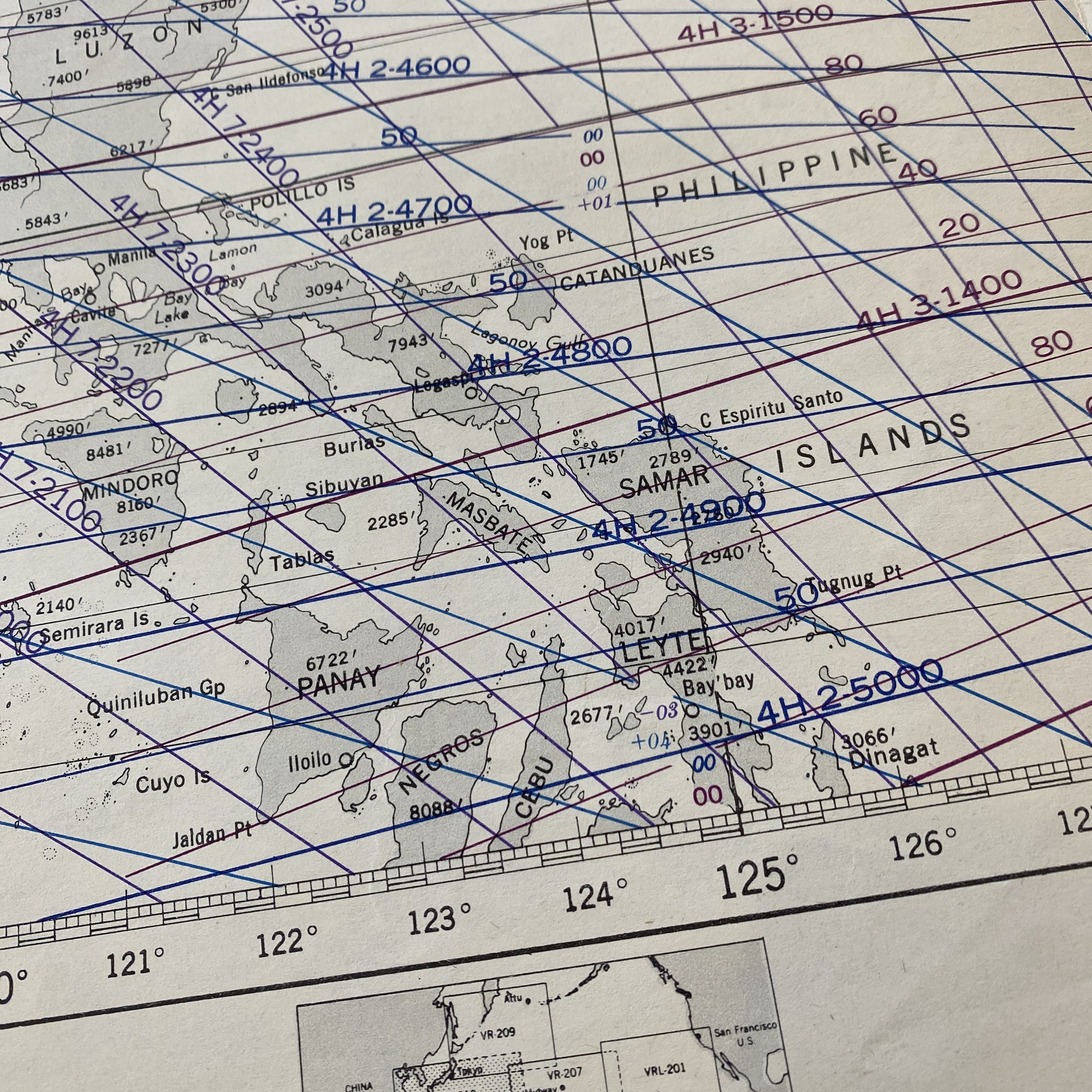


VERY RARE! WWII 1945 Iwo Jima Okinawa & Japan US Navy CONFIDENTIAL Air Mission LORAN Navigation Map
Comes with a hand-signed C.O.A. and a full historical research document/write-up
This incredibly rare and museum-grade WWII Pacific Theater U.S. Navy “LORAN PACIFIC PLOTTING CHART” marked "CONFIDENTIAL," played a pivotal role during World War II in guiding USN carrier, fighter, and search and rescue aircraft through the perilous skies of the Pacific Theater. Dated April 1945, this CONFIDENTIAL air map aided the US Navy in their missions across the vast expanse of the Pacific Ocean, most notably during the battles of Okinawa, Iwo Jima and the strategic U.S. campaigns on mainland Japan.
What makes this specific USN Pacific Theater aerial mission combat map is that it shows combat markings with Iwo Jima circled in pencil on the map. This map would've provided USN navigators and pilots with the most accurate navigational and flight path to their mission targets in the Pacific Theater.
World War II was a defining moment in history, and the Pacific Theater played a crucial role in shaping its outcome. The United States Navy, in particular, played a pivotal role in the Pacific Campaign, executing air missions and operations that were instrumental in defeating the Axis powers. Before delving into the specific campaigns and operations, it is important to understand the context and the evolution of the United States Navy's airpower in the Pacific Theater. The Navy's success in the Pacific was due, in large part, to its ability to adapt and innovate. By 1945, the U.S. Navy had transformed into a formidable force, boasting advanced carrier-based aircraft, improved tactics, and a network of strategically located bases across the Pacific.
The Battle of Okinawa
The Battle of Okinawa, which began on April 1, 1945, was a pivotal moment in the Pacific Campaign. Okinawa was strategically located between Japan and the American-occupied Philippines, making it a prime target for both sides. The U.S. Navy's air operations played a vital role in this campaign.
Carrier-Based Aircraft: American aircraft carriers, such as the USS Essex and USS Yorktown, launched relentless air raids on Japanese positions on Okinawa. These carriers served as floating airfields, enabling the Navy to maintain a constant presence over the battlefield. Aircraft like the F6F Hellcat and TBM Avenger conducted airstrikes, neutralizing Japanese defenses and providing close air support for ground troops.
Kamikaze Threat: The Battle of Okinawa saw a significant increase in Japanese kamikaze attacks, where pilots deliberately crashed their aircraft into Allied ships. The Navy's air operations had to counter this threat, leading to intense dogfights and air battles over the fleet. The Navy's fighter planes, like the F4U Corsair, played a crucial role in intercepting and downing these suicide attacks.
The Battle of Iwo Jima
Before the Battle of Okinawa, the United States targeted Iwo Jima, an island located roughly halfway between Japan and the Mariana Islands. The capture of Iwo Jima was essential as it provided a critical base for long-range B-29 bomber operations against Japan.
Pre-Invasion Bombing: In the weeks leading up to the amphibious assault on Iwo Jima in February 1945, Navy aircraft carried out extensive bombing raids on the island. This softened Japanese defenses and disrupted their ability to reinforce the garrison.
Supporting the Marines: Once the Marines landed on Iwo Jima, Navy aircraft provided crucial close air support, suppressing enemy positions and helping to secure the island. The rugged terrain and determined Japanese defenders made this a particularly challenging task.
Strategic Bombing of Mainland Japan
As 1945 progressed, the United States intensified its strategic bombing campaign against mainland Japan. The U.S. Navy, alongside the Army Air Forces, played a significant role in this effort, which culminated in the dropping of atomic bombs on Hiroshima and Nagasaki.
Operation Iceberg: The Navy's airpower was crucial in neutralizing Japanese airfields and supporting the invasion of Okinawa. The control of Okinawa provided closer proximity to the Japanese home islands, facilitating the strategic bombing campaign.
Firebombing Campaign: The Navy's long-range bombers, such as the B-29 Superfortress, were used extensively in the firebombing campaign against Japanese cities. These bombings caused massive destruction and significantly weakened Japan's ability to continue the war.
The period from April through August 1945 marked a crucial juncture in the Pacific Theater of World War II. The United States Navy's air missions and operations during this time were instrumental in achieving victory. The battles for Okinawa and Iwo Jima showcased the Navy's ability to provide air support for ground forces while fending off kamikaze attacks. Additionally, the strategic bombing campaign against mainland Japan, which was made possible by securing Okinawa, hastened the end of the war.
The U.S. Navy's adaptability, technological advancements, and sheer determination played a pivotal role in the ultimate triumph over Japan. The sacrifices made by naval aviators, ground crews, and support personnel underscored the significance of naval airpower in shaping the outcome of World War II in the Pacific.
The Importance of Air Navigation Charts:
In the vast expanse of the Pacific Theater, accurate air navigation was crucial for successful missions. Pilots and navigators relied heavily on air navigation charts to plan their routes, estimate fuel consumption, calculate wind corrections, and identify potential hazards. The "Air Navigation Chart" provided vital information on aeronautical navigation, including radio beacons, waypoints, magnetic variations, and airfields, among other critical data.
The restricted nature of the map underscored its importance in safeguarding strategic information. Access to such data was limited to authorized personnel to prevent enemy intelligence gathering. This heightened secrecy ensured that valuable intelligence on flight paths and targets remained out of enemy hands.
Strategic Bombing Campaigns on Mainland Japan:
The strategic bombing campaigns over mainland Japan were relentless and aimed at crippling the Japanese war effort. The air navigation chart played a central role in planning these missions, particularly during the night incendiary raids and daylight precision bombing runs.
For the night incendiary raids, which aimed to create massive firestorms in urban areas, the crews had to follow specific routes to maximize the impact of the bombing. The chart provided crucial information on landmarks, radio beacons, and waypoints, which guided the bombers through the darkness to their targets.
During daylight precision bombing runs, such as the infamous raid on Tokyo on March 9, 1945, the air navigation chart helped aviators to accurately navigate to their designated targets, often industrial facilities and military installations. These missions were highly risky, as they required flying at low altitudes to improve bombing accuracy while exposing the aircraft to heavy anti-aircraft fire.
Air Navigation and Target Maps: The Key to Success:
The success of the Allied efforts in the Pacific Theater can be attributed in large part to the effective utilization of air navigation and target maps like the "Air Navigation Chart." These maps were instrumental in planning and executing missions that were critical to achieving strategic objectives.
Island-Hopping Strategy: The island-hopping strategy employed by the Allies involved capturing key islands in the Pacific to establish airfields and naval bases, gradually moving closer to the Japanese mainland. Air navigation charts were crucial in guiding aircraft between these islands, ensuring a safe and efficient route for troop transport and resupply missions.
Long-Range Bombing: The capture of Iwo Jima provided the Allies with a critical forward base for B-29 Superfortress bombers, which had the range to reach mainland Japan. Air navigation charts were used to plan these long-range bombing missions, considering factors like prevailing winds, fuel consumption, and target coordinates. The raids were instrumental in weakening Japanese defenses and demoralizing the enemy.
Precision Bombing: Daylight precision bombing required meticulous planning, as bombers had to fly at low altitudes to hit their targets accurately. Air navigation charts played a vital role in guiding the aircraft along specific flight paths, avoiding enemy defenses, and ensuring precise targeting.
Night Incendiary Raids: To maximize the impact of the night incendiary raids, which aimed to create firestorms in urban areas, air navigation charts helped bombers navigate through the darkness. The charts allowed pilots to identify landmarks and radio beacons to guide them to their intended targets.
Challenges and Risks Faced by Aviators:
Operating in the Pacific Theater presented immense challenges and risks for aviators. The vastness of the ocean, extreme weather conditions, and the relentless resistance from the Japanese forces posed significant threats.
Weather and Navigation: The vast stretches of the Pacific Ocean presented a navigational challenge for aviators. Strong crosswinds, unpredictable weather patterns, and long flight durations demanded precise navigation using air navigation charts to stay on course and reach their destinations safely.
Long Distance: The Pacific Theater covered a vast area, and many missions required long-range flights. These extended journeys meant that aircraft often flew close to their maximum range, leaving little margin for error in fuel consumption calculations.
Enemy Defenses: Japanese anti-aircraft fire and fighter aircraft posed a constant threat to the Allied forces. Aviators had to rely on evasive maneuvers and accurate navigation to avoid enemy defenses and complete their missions successfully.
Fatigue: Pilots and crew members faced fatigue during extended missions, such as the round-trip flights between the captured islands and the Japanese mainland. Maintaining focus and concentration was crucial to ensure the safe execution of their duties.